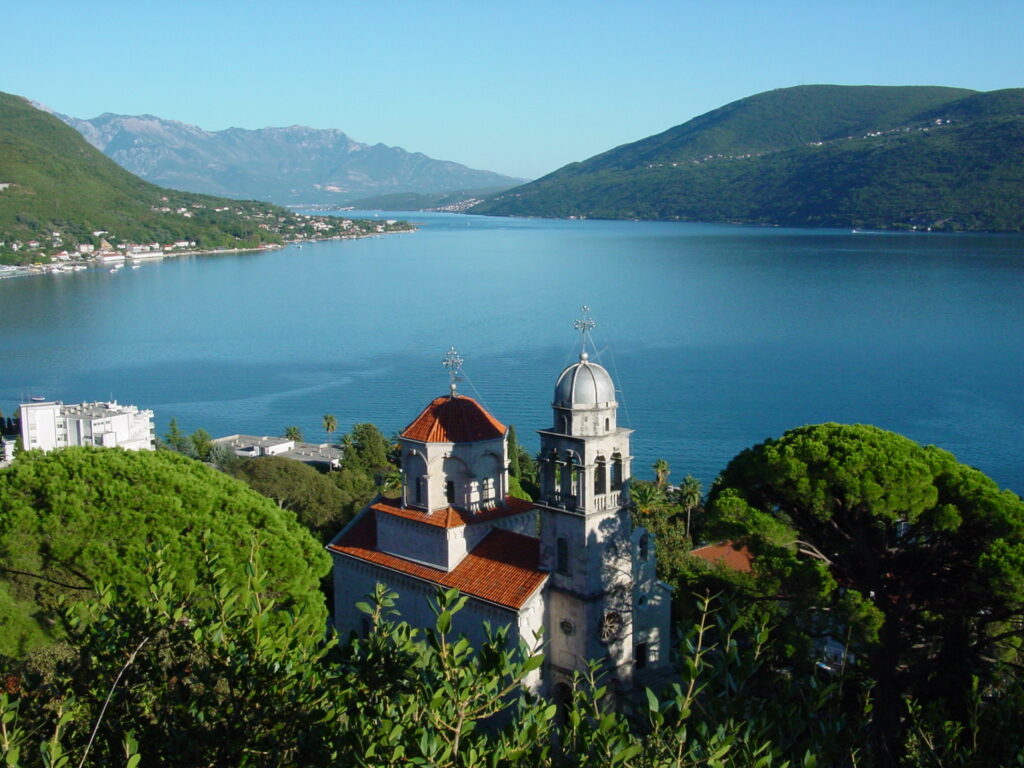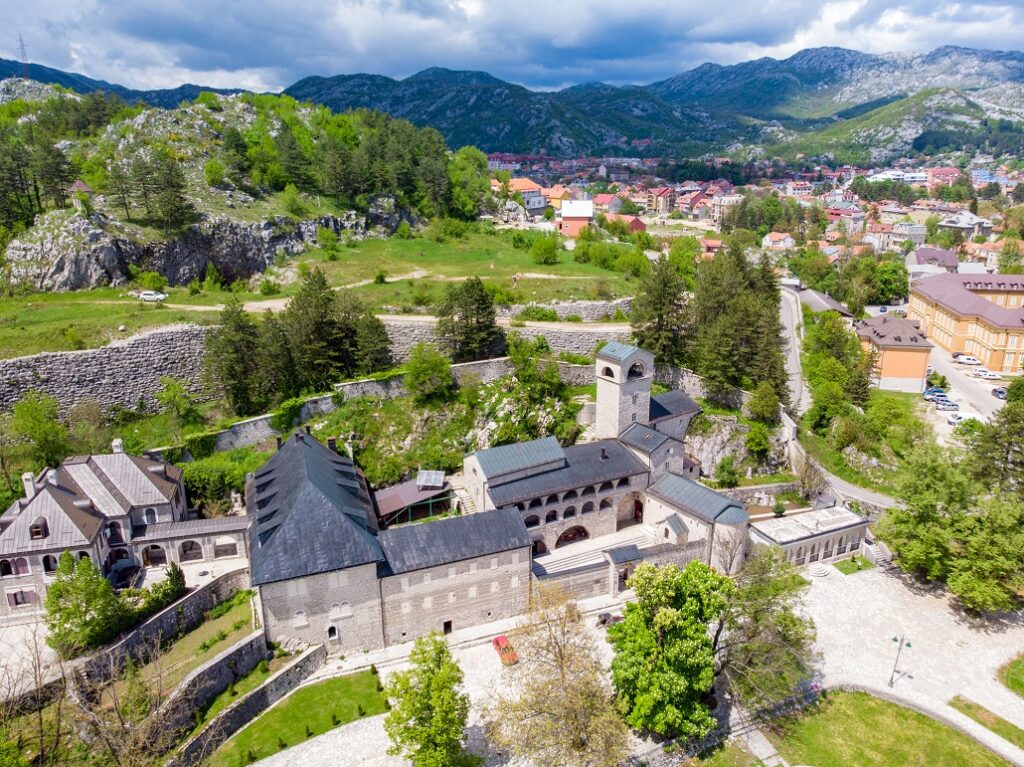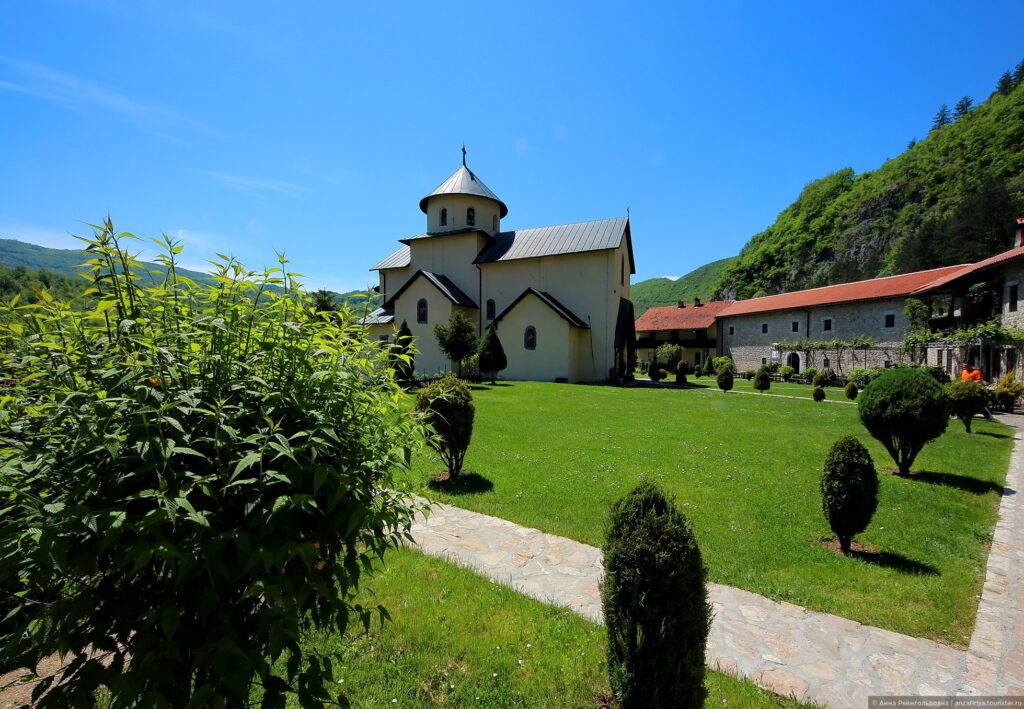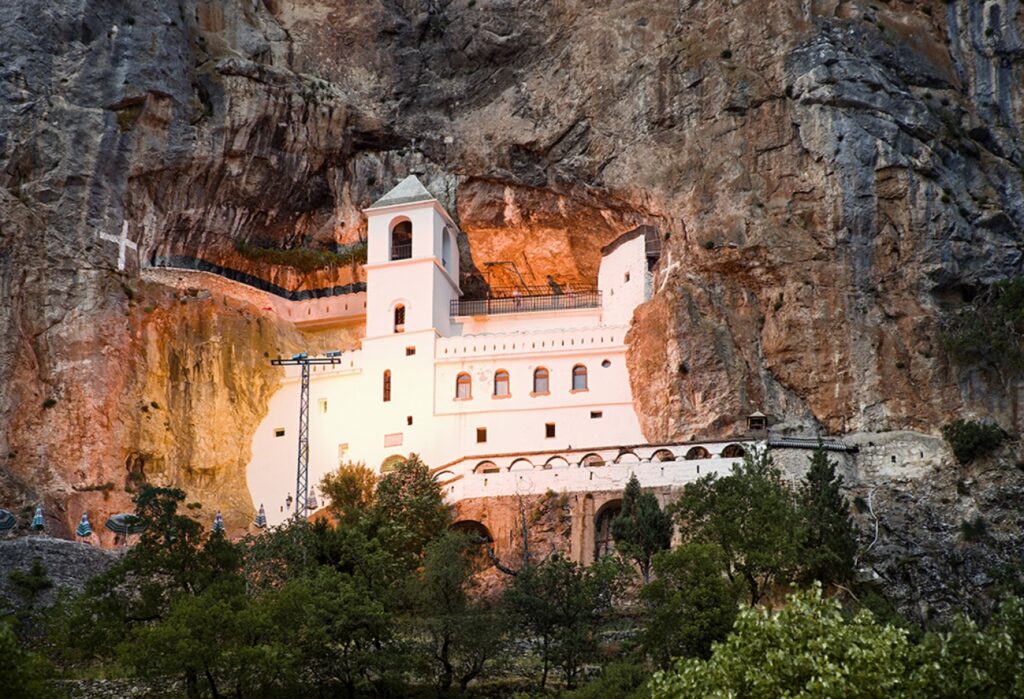significance monasteries of Montenegro
Montenegro is a country with a rich historical and cultural heritage. One of its main treasures is the monasteries situated in the most picturesque corners of this small yet remarkable nation. The monasteries of Montenegro not only bear witness to the antiquity and depth of the Christian tradition in this region but also serve as places of power that attract thousands of pilgrims from different countries. For centuries, the monasteries have served not only as spiritual centers but also as bastions of education, art, and culture.
They have become custodians of ancient icons, manuscripts, and church relics. Through the efforts of the monks, many of whom were also scholars and writers, knowledge and values have been preserved and passed down from generation to generation. Today, significance monasteries of Montenegro continue to play a key role in the country’s life. They serve not only as places for spiritual rest and prayer but also attract tourists eager to immerse themselves in the history and culture of this incredible land. Through the walls of the monasteries, one can trace the entire significance monasteries of Montenegro—its rises and falls, moments of joy and sorrow. In the upcoming chapters, we will get acquainted with some of the most significant monasteries in the country, delve into their history and peculiarities, and also learn why they continue to capture the attention of many travelers.

architectural features of monasteries in Montenegro
Monastic complexes play a crucial role in Montenegro’s artistic and architectural heritage. Reflecting millennia-old traditions and historical changes, Montenegro’s monasteries represent a unique blend of different styles and epochs. The first monasteries on the territory of modern Montenegro appeared in the early Middle Ages. These religious structures were inspired by Byzantine architectural forms, reflecting the close religious and cultural ties between Montenegro and Byzantium.
These architectural features of monasteries in Montenegro feature red bricks, semi-circular arches, and domes. Over time, especially during the period of Ottoman rule, the architecture of the monasteries took on new forms, integrating elements from various cultural and architectural directions. Many of them were adorned with exquisite frescoes that are considered true masterpieces of art today. In more recent times, with the advent of the Baroque and Renaissance, Montenegro’s monasteries underwent transformations, becoming even more lavish and grand. Characteristic features included more complex facades, stone carvings, and majestic bell towers. Architectural features of monasteries in Montenegro preserve ancient architectural traditions while also adapting to contemporary needs and technologies. All of this makes Montenegro’s monastic complexes unique cultural monuments that encompass history, art, and faith.

monasteries in culture and art
Monasteries have long been bastions of spirituality and art. The monasteries of Montenegro, in particular, not only serve as places of religious worship but also as important custodians of Orthodox culture and art. From ancient times, monasteries were centers of education and enlightenment. Manuscripts were preserved and transcribed here, iconographic masterpieces were created, and spiritual literature was produced. In the face of constant historical fluctuations and changes, where many knowledge and traditions could have been lost, it is thanks to the monasteries that they have been preserved for future generations.
Montenegro’s monasteries in culture and art stand out, especially their unique treasuries, which house relics of saints, ancient iconographic works, and other religious artifacts. Many of these items beautifully reflect the skill and dedication of Montenegrin artists and craftsmen. Furthermore, the monasteries act as a bridge between the past and the present, preserving spiritual traditions and customs. They are places where generations of believers can connect with the history of their people and deep spiritual values. Thus, the monasteries in culture and art serve not only as houses of prayer and worship but also as crucial centers where the cultural and spiritual heritage of the nation is preserved and continued.

pilgrimage routes in monasteries of Montenegro
Pilgrimage routes in monasteries of Montenegro has long been an integral part of the spiritual life for many individuals. The monasteries of Montenegro hold a special place on the map for believers from various corners of the world as well as for those interested in the history and culture of this unique country. One of the most significant and visited monasteries is Ostrog, carved into a vertical cliff, and serving as a place of pilgrimage for thousands of believers annually. People come here in search of healing, solace, and spiritual enlightenment.
Another vibrant gem on the pilgrimage routes in monasteries of Montenegro is Moraca Monastery, nestled amid mountain landscapes, renowned for its frescoes and architecture. Pilgrimage to these monasteries not only provides an opportunity to touch ancient relics and pray by holy springs but also to learn more about the history and culture of Montenegro. Each monastery holds unique tales of the past within its walls. The monasteries of Montenegro also attract travelers with their tranquility and serenity, highly valued in the modern world. Embarking on a pilgrimage journey through Montenegro offers not only spiritual enrichment but also the chance to relish the majestic natural landscapes, encompassing mountains, forests, and crystal-clear rivers. Thus, visiting the monasteries of Montenegro offers a unique chance for spiritual and cultural enrichment, making the journey through this country exceptionally unforgettable.

monasteries of Montenegro as historical memory
The monasteries of Montenegro as historical memory are not merely beautiful and grand structures nestled amid picturesque mountain landscapes. They are places where echoes of centuries intertwine with the spiritual quests of modernity. Every stone, every fresco, every corner for prayer carries the imprint of time and memories of individuals who brought the light of faith during the darkest periods of history. The monastic culture of Montenegro has become a symbol of the nation’s resilience and unyielding spirit. It reflects the historical path of the country, its struggles, sufferings, and triumphs. By visiting these sites, one can feel deep respect for their roots and understand the significance of traditions and faith for monasteries of Montenegro as historical memory. Contemporary travelers and pilgrims, when coming to these sanctuaries, seek not only spiritual renewal but also an understanding of the cultural and historical heritage of the region. Montenegro’s monasteries provide a unique opportunity to immerse oneself in an atmosphere of antiquity, to learn about the lives of monks, their roles in society, and their contributions to cultural development. As we conclude our overview of Montenegro’s monastic culture, it’s important to emphasize that it is thanks to the preservation of these sanctuaries that we have the opportunity to learn about the country’s history, its spiritual and cultural values.

